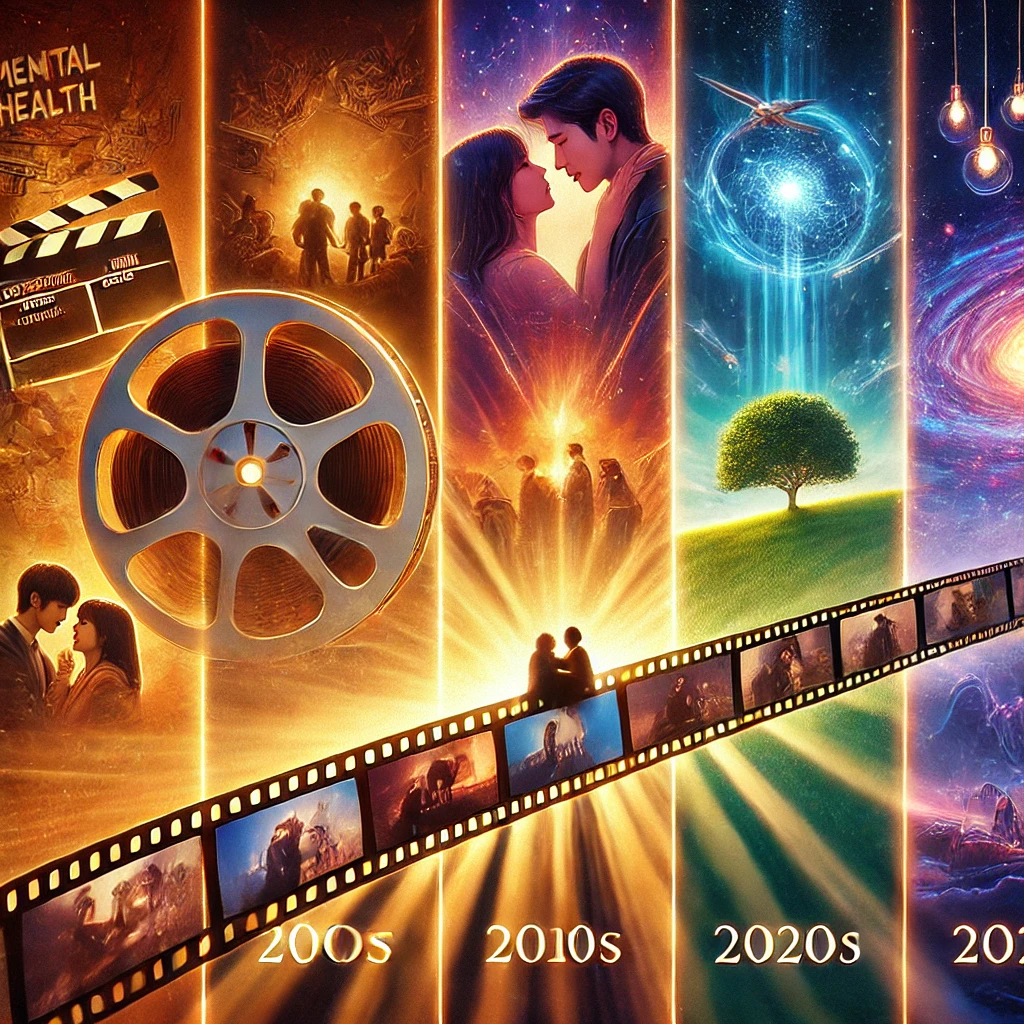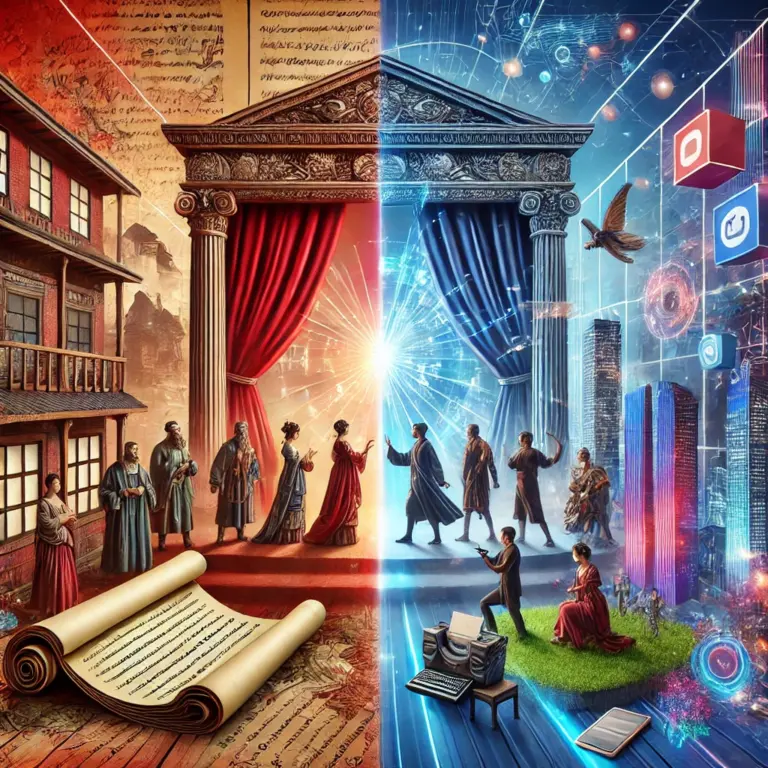Dramas: How They Changed Over the Decades
Anúncios
Dramas (Asian series, especially Korean and Japanese) have been captivating audiences worldwide for decades, but the way they are produced, written, and address themes has undergone impressive transformations.
From the early 2000s to today, dramas have evolved to meet new audience demands, cultural trends, and technological advancements. Let’s explore how these factors have shaped what we now know as modern dramas.

2000: The Beginning of the Hallyu Wave
In the 2000s, began gaining traction outside Asia thanks to the “Hallyu Wave” (Korean Wave), which exported not only music but also dramas, fashion, and pop culture.
- Cliché Romantic Scripts:
Dramas from this era had simple plots and often followed tried-and-true formulas, like love triangles, class differences (Boys Over Flowers, 2009), and shy yet charming main characters. - Modest Production:
Productions had smaller budgets, with fewer outdoor locations and limited special effects. The focus was on the charisma of the actors and emotionally engaging stories. - Cultural Impact:
Dramas like Winter Sonata (2002) and Full House (2004) were crucial in introducing Korean dramas to international markets, especially in Asia and some Western countries.
2010: The International Boom and Diversification
The 2010s marked a significant shift for dramas, with greater investment in production, a broader range of themes, and an expanded international reach.
- More Sophisticated Scripts:
Started tackling deeper, more complex themes. Series like Goblin (2016) blended fantasy and romance, while Sky Castle (2018) explored social issues such as academic pressure. - High-Quality Production:
Visual quality improved significantly. Bigger budgets allowed for international locations (Descendants of the Sun, 2016, filmed in Greece) and advanced special effects (Kingdom, 2019). - Streaming Platforms:
With the rise of platforms like Netflix, Viki, and YouTube, dramas reached new audiences. This encouraged the production of more universal and accessible content, breaking cultural barriers. - Genre Diversity:
Thrillers, and action series began gaining more prominence, moving away from the dominance of purely romantic stories. Signal (2016) and Kingdom (2019) are prime examples of how crime and horror genres carved their space.
2020: Decades of Innovation, Inclusion and Global Impact
Since 2020, dramas have achieved unprecedented levels of popularity, becoming a significant part of global pop culture.
- Inclusive and Universal Themes:
Scripts have started addressing issues like mental health (It’s Okay to Not Be Okay, 2020), diversity (Semantic Error, 2022), and female empowerment (Thirty-Nine, 2022). These stories have made dramas more relatable to diverse audiences. - Cinematic Quality:
Many modern dramas now boast film-level production, with memorable soundtracks, impressive production design, and innovative direction. Crash Landing on You (2020) and Extraordinary Attorney Woo (2022) are examples of how these dramas compete in quality with Hollywood productions. - International Focus:
Dramas like Squid Game (2021) and All of Us Are Dead (2022) demonstrate that dramas not only conquer but also influence the global entertainment market.
Key Factors in Drama Evolution
- Changing Target Audiences:
In the 2000s, dramas were created primarily for Asian audiences. Today, with global popularity, they’re tailored to appeal to multicultural audiences by exploring universal themes and diverse characters. - Technological Advances:
Filming quality, editing, and special effects have evolved dramatically, enabling richer and more immersive visual worlds. - The Influence of Streaming:
Platforms like Netflix and Disney+ have brought dramas to millions of people, making them accessible in multiple languages with subtitles or dubbing. - International Collaborations:
Many productions now feature global teams and are filmed across multiple countries, strengthening their presence in the international market.
The future of dramatic decades
Firmly established on the global stage, the trend is toward continued innovation and diversification. The future will likely bring more inclusive productions, hybrid genres, and international collaborations. Additionally, the rise of talented actors and directors will continue to draw even more attention to this captivating universe.
Conclusion
The evolution of dramas over the decades reflects the genre’s ability to reinvent itself and keep pace with cultural and technological changes. What started as simple, emotionally engaging productions in the 2000s has transformed into a global phenomenon that shapes today’s entertainment industry. With stories that touch the heart and production quality that amazes, dramas continue to captivate the world, one episode at a time.
And what about you? Which drama has left a mark on your journey as a fan? Share your thoughts in the comments!



